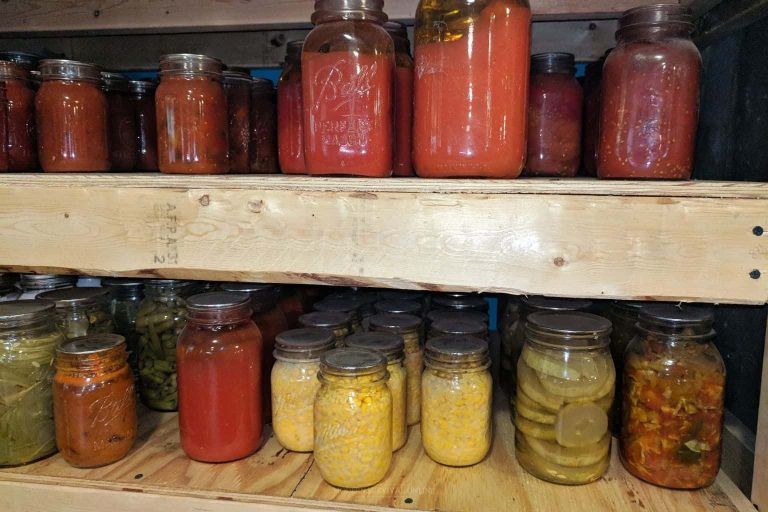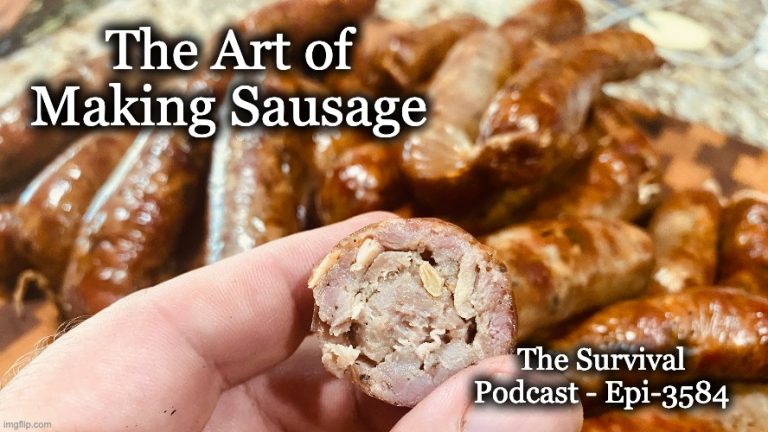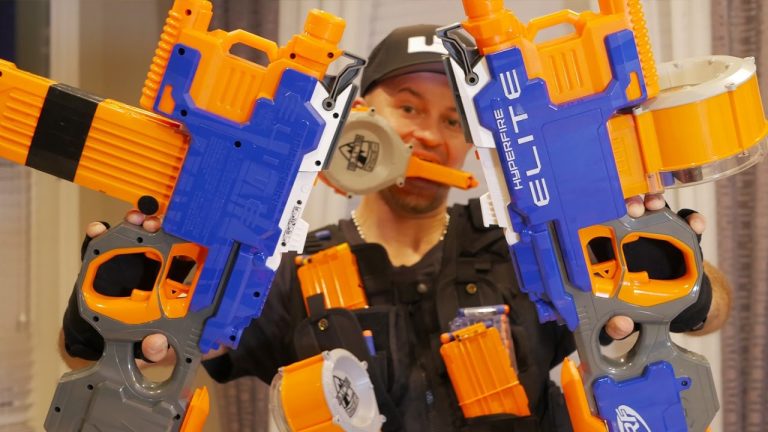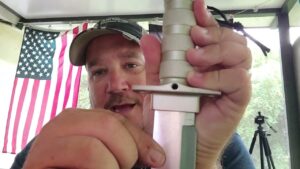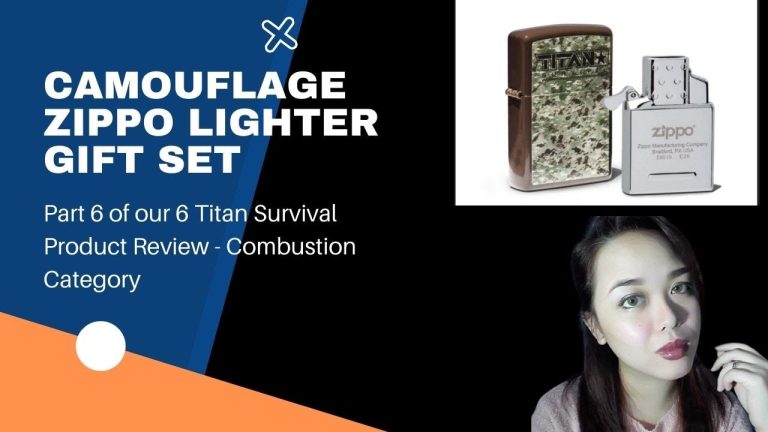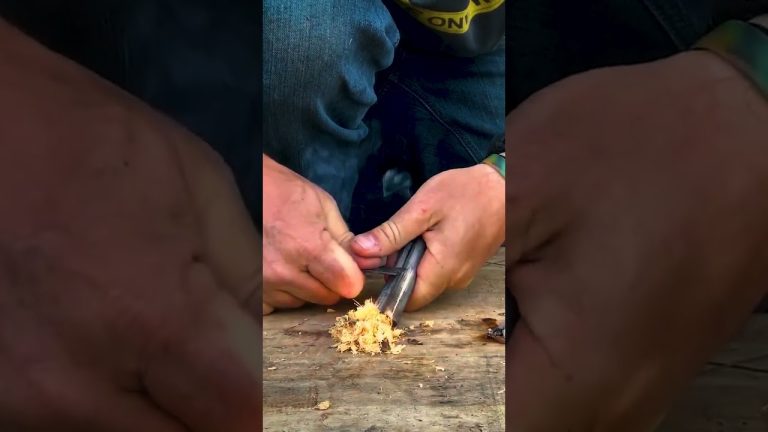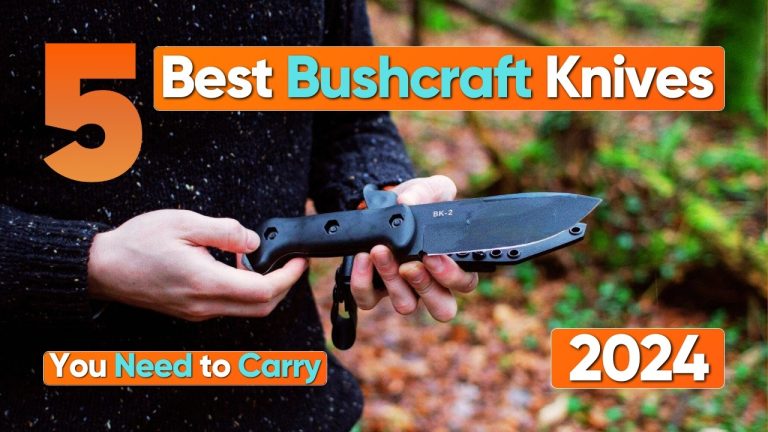Being the family medic off the grid or in survival scenarios isn’t always about treating bullet wounds. Mundane problems are also on the menu, and you better know how to treat them.
In “normal” times, this is the time of year that kids return to school. Lots of children together in close quarters means you might have to deal with, surprise, head lice. The Centers for Disease Control and Prevention (CDC) believes that 6-12 million children contract head lice infestations every year in the U.S. You can bet that it’ll be an issue that would run rampant in survival communities as well.
HEAD LICE
 Adult head lice, source: Dr. Dennis D. Juranek, USCDCP
Adult head lice, source: Dr. Dennis D. Juranek, USCDCP
Head lice (scientific name: pediculus humanus capitis) are parasitic wingless insects about the size of a sesame seed (2-3 mm) that feed on blood from the human scalp. Their presence, known as “pediculosis,” causes irritation and itching in many, although many kids don’t seem to notice them. Their less-developed immune systems cause less of a reaction that you might see in an adult.
Lice (singular: louse) are, generally speaking, species-specific: You can’t, for example, get lice from your dog or cat like you could get fleas. You get them only from other humans. Head lice are so specialized that they are built to survive only on human head hair. When not attached, they perish within about three days or so.
The good news is that, although they might make you miserable, head lice don’t transmit diseases to other humans, like mosquitoes might. Body and pubic lice are different stories altogether; we’ll discuss them in a future article.
Although a houseful of kids with head lice might make you wary of the sanitary conditions in the residence, they’re not really related to cleanliness. Even the most hygienic household may end up with lice-infested members!
SYMPTOMS AND DIAGNOSIS OF HEAD LICE INFESTATION
The most common symptom is itching of the head, which normally worsens 2-6 weeks after the initial infestation. In subsequent infections, itching tends to appear earlier. The bite reaction is very mild and might (or might not) be possible to see between hairs. In people with long hair, bites might be noted on the back of the neck.
In cases where Itching is severe, excessive scratching may cause skin breakdown, leading to bacterial skin infections like cellulitis. At the other end of the spectrum, many individuals don’t experience any itching at all.
Pediculosis is diagnosed by finding live lice and unhatched eggs (called “nits”) on the scalp or individual hairs. Specialized louse combs used with a magnifying glass on wet hair can help, although some people identify an infestation, although some confuse dandruff, lint, and even dried hair product for the eggs.
Nits, indeed, look like small bits of dandruff that are stuck to hairs. They are more easily seen when examined using a “black light”. This causes them to appear as light blue dots attached to the hair shafts near the scalp. Black lights will be scarce off the grid, though, so a fine-tooth metal pet comb run through the hair is a more practical option to reveal the adult lice and nits. The diligence required to do this effectively led to the coining of the term “nitpicking”.
You will find the nits firmly attached to the hair shaft about ¼ inch from the scalp. Nits will generally appear yellowish-white and oval-shaped. The application of olive oil to the comb may make them easier to remove.
Sometimes, an infestation will go “extinct” on its own. An extinct infestation will have no living lice present and empty, white-colored nits further out than 1/4 inch from the scalp.
PREVENTION OF HEAD LICE INFESTATIONS
 wash clothes in hot (140 degree F) water
wash clothes in hot (140 degree F) water
Once an active infestation is identified in a family member, everyone in the household must be thoroughly examined. In survival or other situations where lice are common, weekly examination of children is an important routine duty of the medic. Any child frequently scratching their head should be evaluated.
It’s wise to disinfect the clothes, towels, bedding, and hairbrushes of those infested and all close contacts. Leave these items outside for three days (lice can’t survive longer than that without a blood meal) or, alternatively, wash in hot (140 degrees Fahrenheit) water for a full 30 minutes. Boiling combs and brushes for 5-10 minutes is advised. Freezing items for over 24 hours has also met with success.
Some suggest vacuuming the floor and furniture where the infested person spent time. Having said that, it’s highly unlikely that someone will get lice that have fallen onto the floor or furniture as they can’t survive long once off a human host. Nits can’t hatch and will die if not kept at the same temperature as that found on the human scalp.
MEDICATIONS
Medicines that kill lice are known as “pediculicides” and the family medic should have some in their storage. Over-the-counter shampoos or lotions containing permethrin, like Nix®, are usually the first option used to deal with lice. Permethrin is a synthetic form of pyrethrin, a chemical derived from chrysanthemum flowers. It should be noted that the effectiveness of permethrin is starting to decrease, due to resistance on the part of some varieties of “super-lice.”
A non-prescription lotion containing ivermectin (brand name: Sklice) is toxic to lice and approved for use in adults as well as children over the age of 6 months. Apply it once to dry hair, starting at the scalp and working it outward so the entire head is covered. Rinse off with water after 10 minutes. One application is about 75 percent effective in eliminating the problem.
Oral prescription ivermectin (brand name: Stromectol) is available for adults and children over 15 kilograms in weight as a tablet. The oral drug effectively treats lice with only two doses given eight days apart. This drug is typically used when other treatments haven’t been effective.
Topical prescription drug Malathion (you may have used it on your plants) is effective for those over 5 years old when applied to hair and then rubbed into the scalp. Malathion has a high alcohol content and is flammable, so keep it away from heat source, such as a hair dryer.
Spinosad (brand name: Natroba) is useful in adults and children over the age of four. You can apply it to dry hair and the scalp for 10 minutes and then rinse with water. The treatment doesn’t usually need to be repeated. But it can be used again after seven days if live lice are still present.
The latest medication approved for head lice by the FDA (2020) is Abametapir (brand name: Xeglyze).
HOME REMEDIES
Perhaps the simplest home remedy is the “conditioner and comb” method, which avoids irritating chemicals and eliminates issues with strains of insecticide-resistant lice.
First, apply hair conditioner to damp hair. Then use your fine toothed lice comb to work from the scalp through the hair tips to remove adult lice. This involves frequently wiping off the comb.
This process should be repeated twice, about a week apart, to break the head lice life cycle. As all the eggs will hatch within a week or so, repeating treatments again and targeting the adult lice before a new batch of eggs is laid should work.
Other natural option to kill head lice include the use of products such as eucalyptus or tea tree oil. Other home remedies, such as putting vinegar, rubbing alcohol, olive oil, mayonnaise, or melted butter under a shower cap, however, are generally thought to be ineffective. The CDC states that swimming does not “drown” lice.
Joe Alton MD
Hey, don’t forget to check out our entire line of quality medical kits and individual supplies at store.doomandbloom.net. Also, our Book Excellence Award-winning 700-page 4th edition of the SURVIVAL MEDICINE HANDBOOK: THE ESSENTIAL GUIDE FOR WHEN HELP IS NOT ON THE WAY is now available in black and white on Amazon and in color and color spiral-bound versions at store.doomandbloom.net.
Just one of our entire line of quality medical kits!
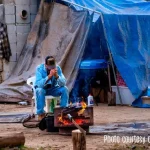





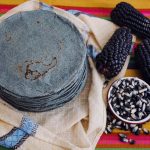
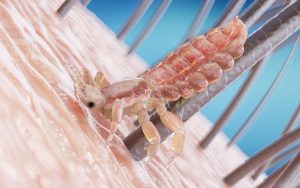

 head lice infestation
head lice infestation Head lice nit
Head lice nit
 lice comb
lice comb Dr. Alton
Dr. Alton



